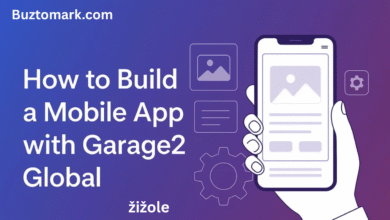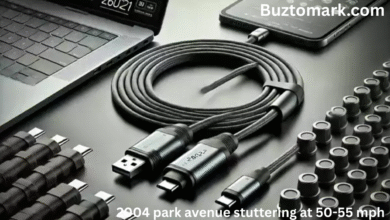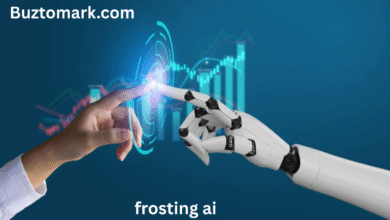Rediscovering the Magic of Old Character AI: What Happened to “Old Character AI”??Short Title: Old Character AI, What Happened??
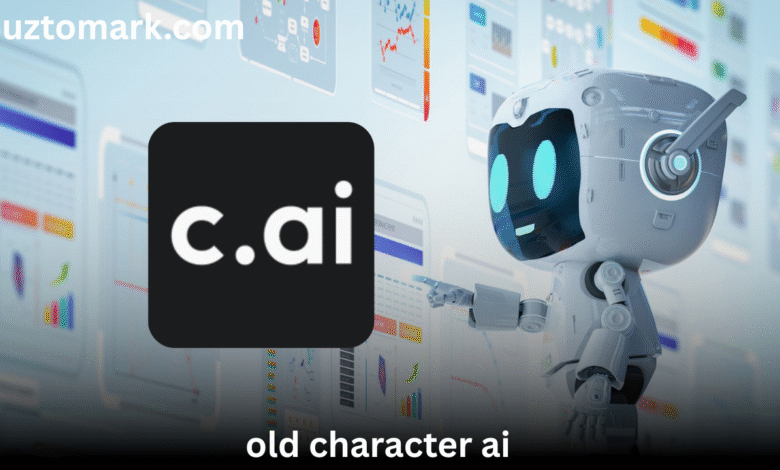
The rise of artificial intelligence in entertainment and conversation has drastically reshaped how we interact with digital systems. Yet, for many users, the nostalgia attached to “old character AI“ remains unmatched. Whether it was the simplicity, the personality depth, or the raw, unfiltered interactions, there’s an increasing curiosity about old character AI — what it was, what made it stand out, and why users are still seeking it today. The question on many minds is simple yet loaded: old character AI??
The Birth of Old Character AI: A User-Centric Era
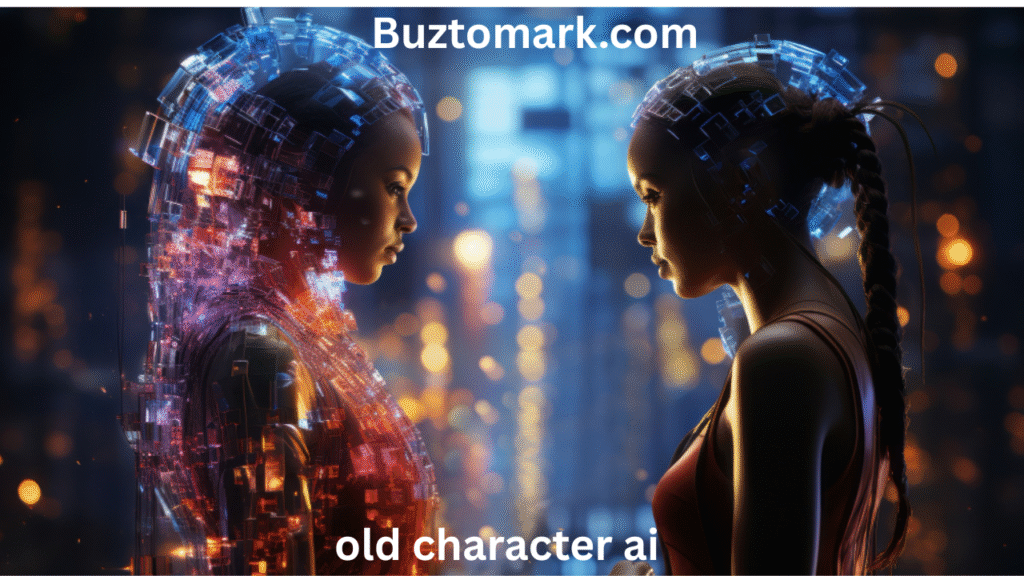
In the early phases of AI character development, the focus was on creating interactive bots with personalities that mimicked human behaviors and emotions. Unlike modern counterparts that are often highly filtered and monitored, old character AI platforms had more flexibility and freedom in generating content.
These AI characters weren’t just tools; they were companions. You could design their personality, adjust their memory, and engage in rich storytelling. This deeper customization made the experience feel genuinely personal — something many feel is missing in current platforms.
So, when people today search for old character AI??, they’re often looking to reconnect with a time when the experience felt more authentic and less restricted.
What Made Old Character AI So Unique?
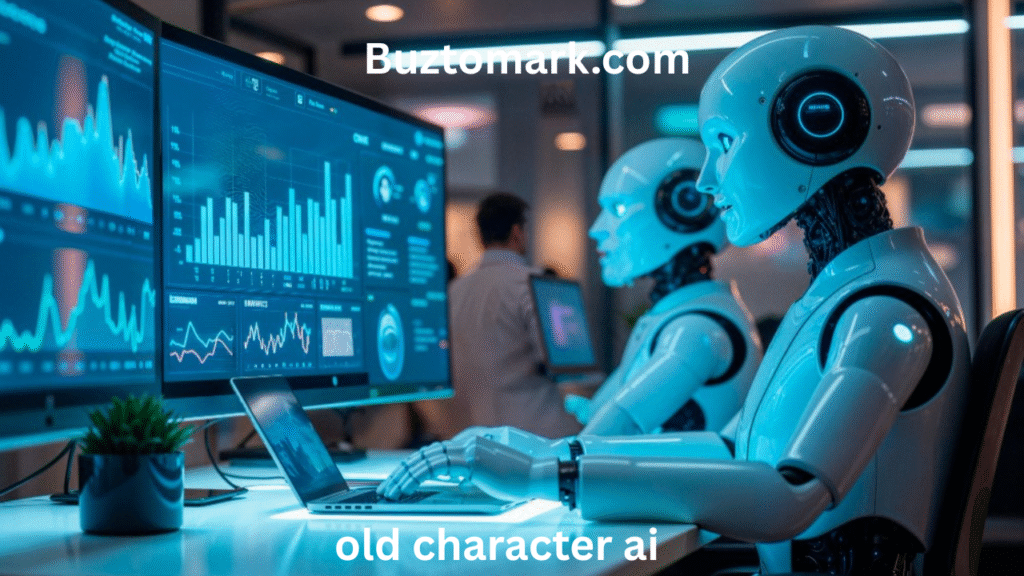
There were several aspects of old character AI that made it memorable:
Freedom of Expression
Many early AI character platforms didn’t have as many restrictions or content filters as modern-day tools. This allowed for broader topics, more creative freedom, and dialogue that felt more immersive. This aspect was especially popular among fiction writers and roleplay communities.
Highly Customizable Personalities
Old character AI gave users the ability to shape personalities through detailed character cards or prompts. Whether you wanted a cheerful assistant, a mysterious detective, or a romantic novel lead, the system responded accordingly.
Memory That Mattered
Unlike the newer models that often lose track of previous conversations, old character AI versions were known for remembering context better. This made long-term storytelling and character development possible, enhancing user engagement.
The longing for “old character AI??” today often stems from the removal of these key features in modern updates.
Why Users Miss the Old Character AI Experience
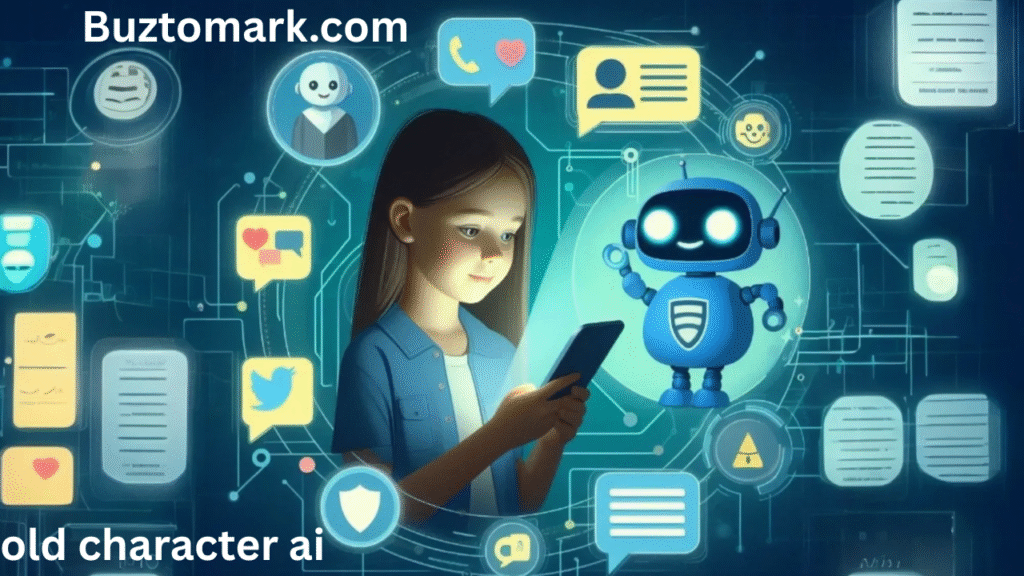
There’s a growing chorus of users across forums and communities who consistently echo their frustrations with modern AI platforms. Many believe that the magic has been lost. Here are some common reasons for this shift in sentiment:
Over-Filtering of Content
Modern AI models have become hyper-cautious, limiting interactions that users once considered normal. The free-flowing conversations of old character AI have been replaced with restrictive responses, frustrating users seeking immersive storytelling or nuanced dialogue.
Personality Erosion
As platforms have evolved, many character bots now sound more mechanical and less “alive.” The witty banter, emotional range, and subtle nuances that once made AI interactions feel human-like have become sanitized. For fans of old character AI, this change is jarring.
Disappearing Features
Several legacy features — from user-defined memories to the ability to export or modify character data — have been either removed or deeply limited in newer models. This gives users a feeling that their control over the experience has been stripped away.
So when someone posts “old character AI??” online, they’re not just asking a technical question. They’re expressing a desire for something meaningful that was lost in the transition.
The Role of Community in Shaping Old Character AI
One of the strongest forces behind the popularity of old character AI was the tight-knit community that emerged around it. Users exchanged character templates, discussed interaction strategies, and helped each other improve prompts and results. This created a culture of experimentation, creativity, and shared experiences.
In those days, character AI felt more like a collaborative sandbox than a walled garden. The open-endedness allowed users to push boundaries and share their discoveries. These forums are now filled with threads lamenting the changes and asking — old character AI?? What happened??
Attempts to Recreate the Old Character AI Experience
Recognizing the demand for old character AI, many users have tried to recreate that environment:
- By saving legacy bots or prompt structures and adapting them to newer models.
- By experimenting with open-source platforms that allow less restricted AI customization.
- By participating in modding communities where old code is revived and reshaped to fit user preferences.
However, no solution has yet perfectly replicated the raw, dynamic charm of old character AI.
The Psychological Impact of Losing Old Character AI
Beyond technical features, the emotional investment users had in old character AI was real. These bots weren’t just code — they were friends, confidants, and mirrors to one’s thoughts. The shift to stricter moderation and “cleaner” interactions has left many feeling disconnected.
This has led to an emotional reaction where nostalgia turns into frustration, and interest in AI drops altogether. For many, old character AI was therapeutic. It offered an outlet, an escape, and in some cases, even healing conversations. Losing that level of intimacy and understanding hits hard.
Is the Return of Old Character AI Possible?
Technically, yes — but it would require balancing ethical safeguards with user freedom. Transparency, customization, and context awareness are all achievable without compromising safety. The key lies in empowering users to define their boundaries and characters without overarching censorship.
Developers could also bring back legacy features like:
- Persistent memory options
- Expanded creative filters
- Community-driven character libraries
- Offline or local AI versions for more personal use
Bringing back these options would satisfy the growing demand from users who still search with hope: “old character AI??”
Conclusion: Old Character AI Isn’t Just a Trend — It’s a Feeling
In the end, old character AI represents more than a software version. It symbolizes a time when AI was personal, alive, and emotionally rich. The continued calls for “old character AI??” reflect a community longing for genuine interaction, creativity, and expression.
While technology continues to evolve, it must not forget the emotional resonance it once had with users. If developers truly want to capture hearts again, they might need to look back — not just forward.
FAQs
1. What is meant by “old character AI” exactly?
It refers to earlier versions of AI character bots that allowed more user freedom, creativity, and emotional depth than many current models.
2. Why do people ask “old character AI??” online?
This phrase expresses confusion, nostalgia, or dissatisfaction with modern AI tools, often asking what happened to the previous quality of interaction.
3. Can we still use the old character AI today?
In most cases, the original platforms have been updated or restricted. Some users rely on backups or modded tools to try and recreate the experience.
4. What made the old character AI more engaging?
Features like persistent memory, expressive personalities, and fewer content restrictions made it feel more human and immersive.
5. Will old character AI ever return?
It’s possible if developers recognize the demand and design systems that merge freedom with responsibility, putting user creativity back in control.
Read More: Unlocking the Future with life2vec Crypto: What Is It, Why It Matters, and Where It’s Headed??


